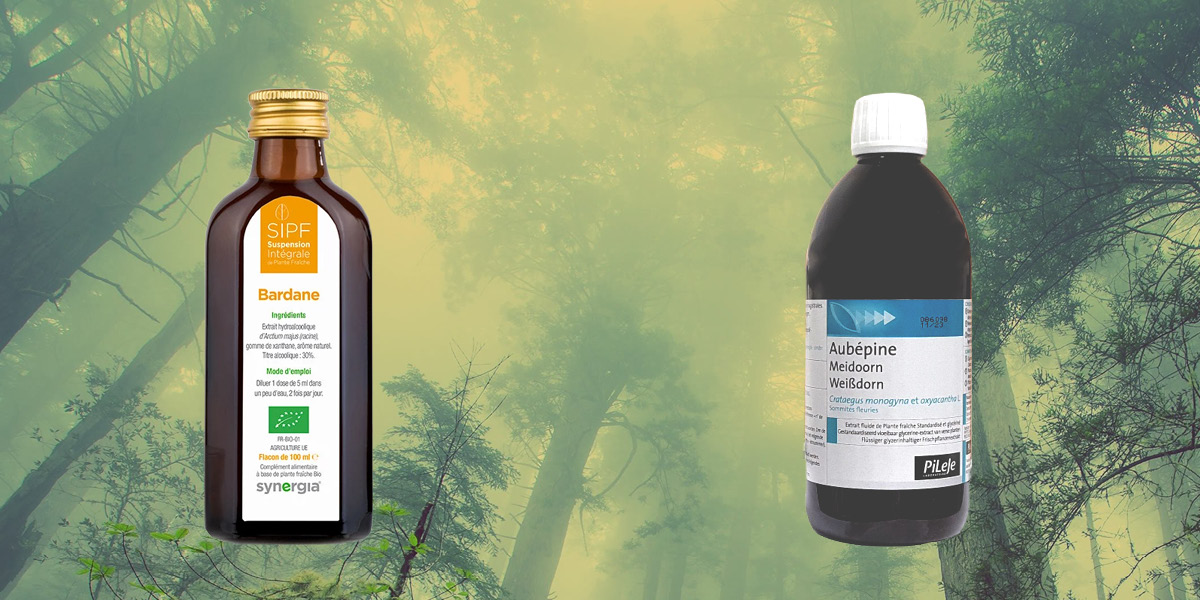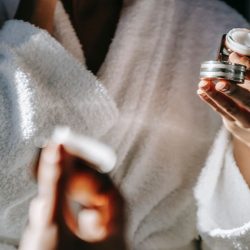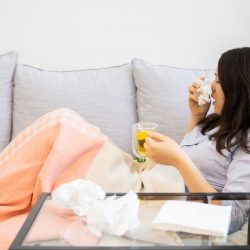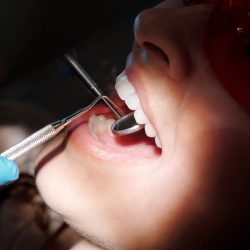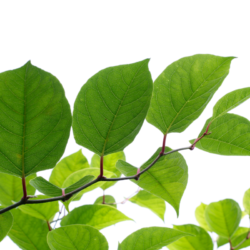In order to quickly explain the difference between these two types of extracts of medicinal fresh plants , we will first see the SIPF method, to then highlight the 2 final and original steps of the EPS process: leaching where the alcohol is added to the mixture of cryomilled plant, gradually increasing the alcoholic degree and the addition of glycerin , after evaporation of the alcohol and dosage of the tracer, the last operation consists in adding glycerin of vegetable origin to guarantee product standardization.
The SIPF process
The SIPF process is a manufacturing process which has the particularity of conserving all of the constituents as they were in the native state in the fresh plant (idem for EPS ). This process has been patented since 1981 and was recently transferred to the Synergia Laboratory , which has just obtained the Organic Agriculture label by ECOCERT for the entire process. Only one plant escapes this labeling, the wrack , which is an algae.
The EPS process
Unlike this SIPF process , the PhytoPrevent laboratory cannot claim plant extracts labeled Organic Agriculture , even though they are. This particularity is due to the addition of glycerin, which cannot be “biological”, since it is a synthetic product (mineral or vegetable).
The 3 common steps of the SIPF and EPS processes
Cultivation of medicinal plants:
Selected according to precise criteria: harvest period, vegetative stage, and apart from wrack, the 17 plants used in the SIPF concept are cultivated in Ardèche, respecting the rules of organic farming.
Harvesting medicinal plants:
Plants (SIPF) are picked according to the ideal picking date, which may be different for each of them. Less than 24 hours after harvest, the fresh plants go to processing. A first check makes it possible to control the identity of the plant and to check the quality of the harvest, without ionization or irradiation.
The plants EPS are harvested in France (eg hawthorn in the Drôme) and / or abroad, depending on the harvesting period and the part taken (flowers, fruits, leaves, roots …) in preference fields organically grown or unpolluted wild areas.
Cryogrinding of medicinal plants:
The SIPF plants are cooled to -25 ° C with nitrogen in order to block enzymatic degradation. They are then ground at -196 ° C into particles of 1 mm then 50 to 400 microns (1 micron = 0.001 mm).
The EPS plants are also frozen in the following hours to prevent them from oxidizing, then stored at -18 ° in cold rooms. This step therefore assumes perfect control of the cold chain. The next step is to mechanically grind the still frozen plants.
The ground material collected in the tank is covered with weakly alcoholic water.
The 2 different stages of the SIPF and EPS processes
SIPF:
-
Mixing, maceration and centrifugation for SIPF:
The powder thus obtained is mixed with water and organic alcohol (30% alcohol) and left to macerate for several weeks.
Centrifugation is carried out in 2 phases, first to separate the “mud” from the macerated juice and then to refine the juice thus obtained.
This “sludge” dries up by molecular ultrapression (40 bars). This operation makes it possible to recover a highly concentrated pure juice which is mixed with the first juice obtained during centrifugation.
-
Product stabilization and controls:
The SIPF thus obtained are controlled (dosage of the main active ingredients) and the alcohol concentration is adjusted in order to comply with the manufacturing charter.
EPS:
-
Leaching for EPS:
After cryogrinding, alcohol is then added to this mixture, gradually increasing the alcoholic degree. This allows a more “gentle” extraction of all the active ingredients that respects the physicochemical qualities of the components.
-
Adding glycerin for EPS:
After evaporation of the alcohol and dosage of the tracer, the last operation consists in adding glycerin of vegetable origin to guarantee product standardization.
Finally, the quality of EPS products presupposes an irreproachable quality of the raw materials upstream, in other words of the plants. However, their composition can be very variable from one year to another, depending on climatic conditions, harvest periods, vegetative stage, nature of the soil, etc.
Faced with these inequalities and to guarantee a constant concentration in the selected tracer, the process of he patented EPS extraction is based on product standardization.
The addition of glycerin during the final step of the extraction process makes it possible to adjust the final concentration of tracer.
Reminder on SIPF : characteristics and specificities
Efficiency:
The SIPF process respects and restores the biochemical integrity of the fresh plant for greater efficiency than all other galenic forms with greater rapidity of action. Storage in hydroalcoholic suspension of only 30% improves the bioavailability of the therapeutic potential.
Specificities :
The presence of alcohol does not always have a good press, yet the quantities are minimal. Thus, 5 ml of SIPF (the average dose generally recommended per day, to be diluted in water) corresponds to 0.024 g of alcohol per liter of blood for a 70 kg man. Against 0.20 g of alcohol per liter of blood after absorption of a 25 cl beer at 5 °. However, due to the presence of alcohol, and in accordance with health recommendations, SIPF is contraindicated in pregnant women and children weighing less than 40 kg.

